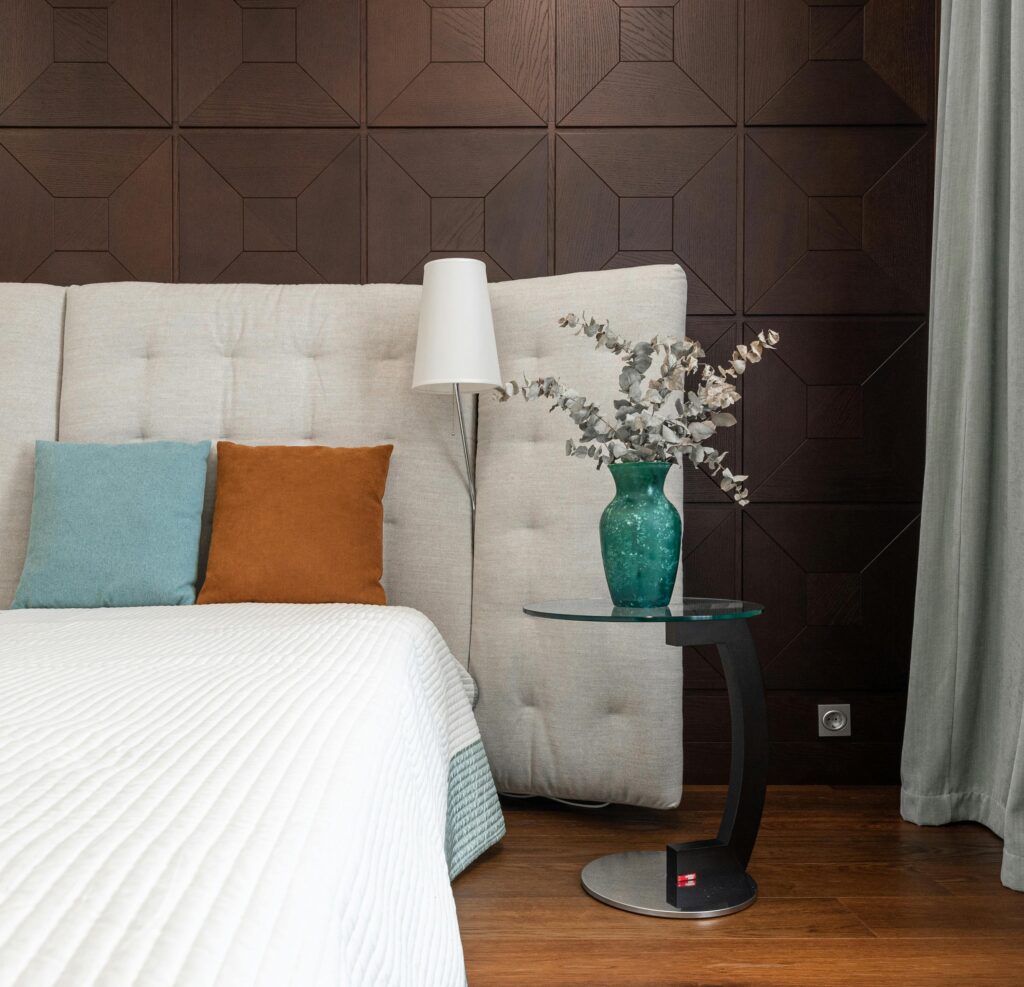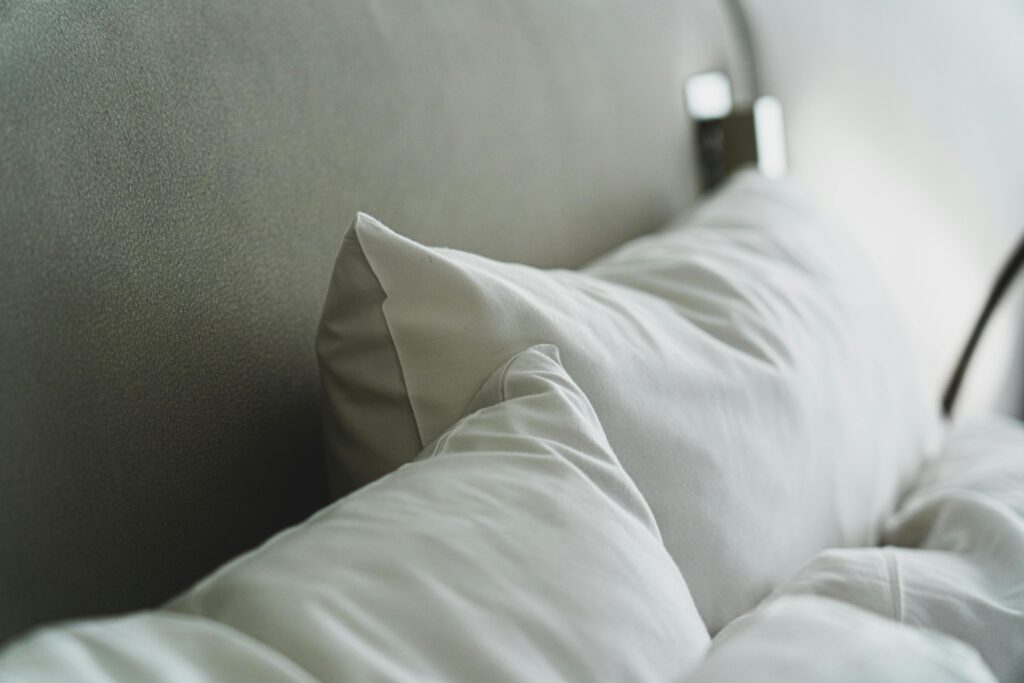
Discover how your bedding impacts sleep quality. Explore fabrics, pillows, and mattress science for the perfect night’s rest.
If you’ve ever woken up in the middle of the night drenched in sweat, kicking at your blanket like it’s your enemy, you already know that sleep isn’t just about shutting your eyes. I used to think it was. Nights became restless, mornings became heavier, and my body felt like it had spent eight hours fighting instead of resting.
At first, I blamed stress. Who doesn’t? The world is loud, deadlines pile up, phones buzz nonstop—it made sense. Then I blamed my habits. Too much coffee, too much scrolling, not enough exercise. I even blamed genetics—maybe I just wasn’t one of those people blessed with “good sleep.”
But one night, after twisting and turning, I shoved my pillow off the bed in frustration and suddenly froze. What if it wasn’t my brain that was broken—what if it was the bed itself? The mattress that sagged in the middle, the sheet that clung to my skin, the pillow that felt like it had given up years ago. It sounds silly, but that thought kept me awake longer than the insomnia itself. Could something as ordinary as bedding really make the difference between a miserable night and a good one?
The more I looked into it, the more I realized I wasn’t crazy. Bedding is not just fabric and fluff—it’s part of the science of sleep. And once you start paying attention, it’s hard to ignore.
Charcoal Grey Poly Cotton – FD Bedsheet Set
The Night That Changed Everything
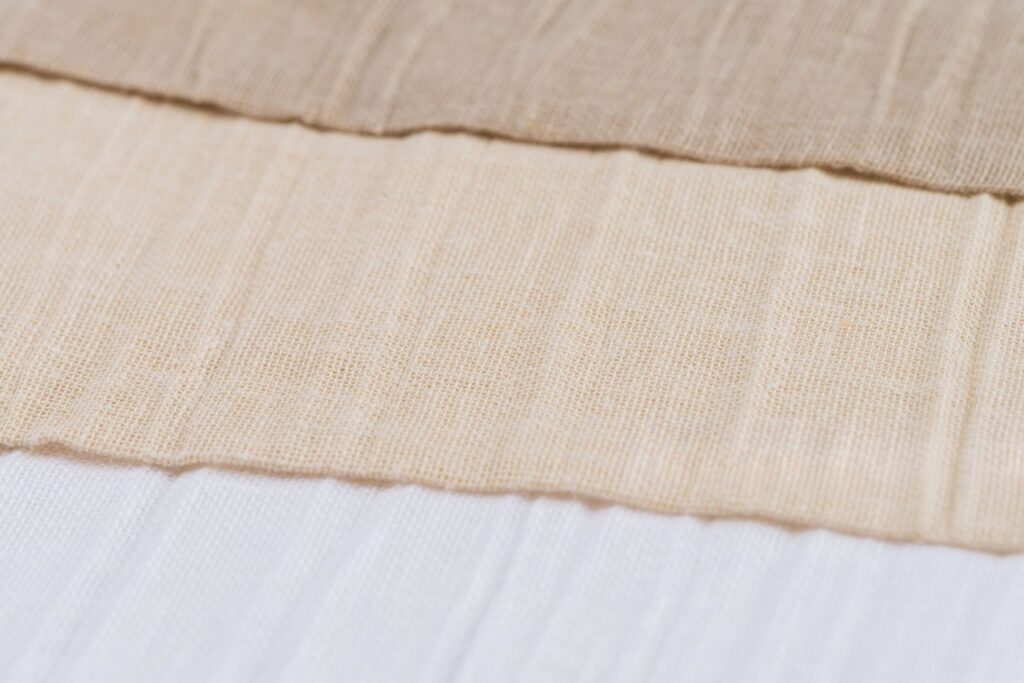
Let me tell you about the first time I ever bought “good” bedding. Not just any sheet set off a supermarket shelf, but a proper, high-quality set. Egyptian cotton, the sales guy said, with this almost sacred tone, as though he was offering me the secret to eternal youth. I’ll admit, I rolled my eyes. It felt like a marketing gimmick. But I had a bonus paycheck burning in my pocket, and I figured, why not?
That night, I slid into bed, and something strange happened. The sheets didn’t just feel soft—they felt alive. They breathed with me. The fabric didn’t cling or trap heat; it let air flow, so I wasn’t sweating by midnight. My pillowcase didn’t scratch my cheek, and for once, my blanket felt like it belonged on me, not against me.
I slept. And I don’t mean I dozed—I mean I slept through the night like I hadn’t in years. When I woke up, it wasn’t with the groggy, half-dead feeling I had grown used to. I felt clear. Rested. Almost suspiciously well.
It was just one night, but it cracked something open in me. If sheets could make this much difference, what else was I missing?
Premium Microfiber Printed Fitted Sheet
How Our Bodies Actually Sleep
Here’s the thing about sleep: our bodies are not passive during the night. We’re not “off.” Our brains cycle through different stages—light sleep, deep sleep, REM—and our body temperature, hormones, and muscles all shift to match. One of the most important changes is thermoregulation.
When you’re about to fall asleep, your body naturally cools itself down. That drop in temperature is part of the signal your brain uses to say: okay, it’s time. But if your environment fights against that cooling—say your sheets trap heat or your blanket is too heavy—your body ends up working harder, tossing and turning, instead of sinking into those deep stages where real rest happens.
That’s why people who sleep under synthetic fabrics, like cheap polyester, often wake up sweaty or restless. Those fabrics don’t breathe. They trap heat and moisture against the skin. Natural fibers like cotton, linen, or bamboo let air flow and wick moisture away, keeping your body in that sweet spot where it can focus on repairing itself instead of overheating.
And it’s not just sheets. Your pillow keeps your neck aligned. Your mattress decides whether your spine rests in harmony or spends the night in a twist. We like to think of sleep as “mental,” but the body sets the stage. If your bedding isn’t working with you, your brain can’t do its job.
Luxury Bed Spread 3 Pcs
A Look Back in Time
I used to think beds were just a modern luxury, but the history of bedding is actually wild.
Archaeologists found that humans were using bedding almost 200,000 years ago. Not mattresses the way we know them, of course—just layers of grass, leaves, and plant material. Simple, but smart: it kept early humans off the cold, damp ground and even repelled insects.
The Egyptians were pioneers in making sleep comfortable. They raised beds off the ground, crafted frames, and slept on linen sheets because linen stayed cool in the desert heat. Across the world, the Chinese were weaving silk, which not only felt incredible but also adjusted naturally to body temperature.
Medieval Europe? They loved heavy feather mattresses and wool blankets—practical for drafty stone walls. By the Renaissance, beds weren’t just for sleeping; they were statements. Rich fabrics, embroidered linens, carved frames—it was a way to show status.
Fast forward to today, and we’re spoiled with choice. Memory foam, hybrid mattresses, cooling toppers, bamboo sheets, silk pillowcases, weighted blankets. It’s almost overwhelming. But at the core, our needs haven’t changed: comfort, support, and the right temperature.
Premium Microfiber Printed Fitted Sheet
The Fabric of Sleep
Let’s talk about fabric for a moment. It sounds boring—like something your grandmother would go on about—but when it’s wrapped around you for a third of your life, it matters.
Cotton has always been the reliable choice. It’s soft, breathable, and durable. But not all cotton is equal. Egyptian and Pima cotton have long fibers that make the fabric smoother and longer-lasting. Regular cotton pills faster, wears down, and can feel scratchy after a few washes.
Linen is another gem. At first, it feels a little stiff, almost crisp, but with use, it softens beautifully. It’s also a champion at keeping you cool in the heat. No wonder it’s been a staple in warm climates for centuries.
Silk? That’s the luxury option. It adjusts to your body, staying cool when it’s warm and cozy when it’s cold. Plus, it’s naturally hypoallergenic. And yes, those silk pillowcases you see influencers rave about—they really can help with hair breakage and skin because silk reduces friction.
Polyester and microfiber, though? Affordable, yes. Easy to wash, sure. But breathable? Not so much. They can trap heat and make you sweat, which means more tossing and turning. You might save money upfront, but your sleep pays the price.
Luxury Bed Spread 3 Pcs
The Unsung Heroes: Pillows and Mattresses
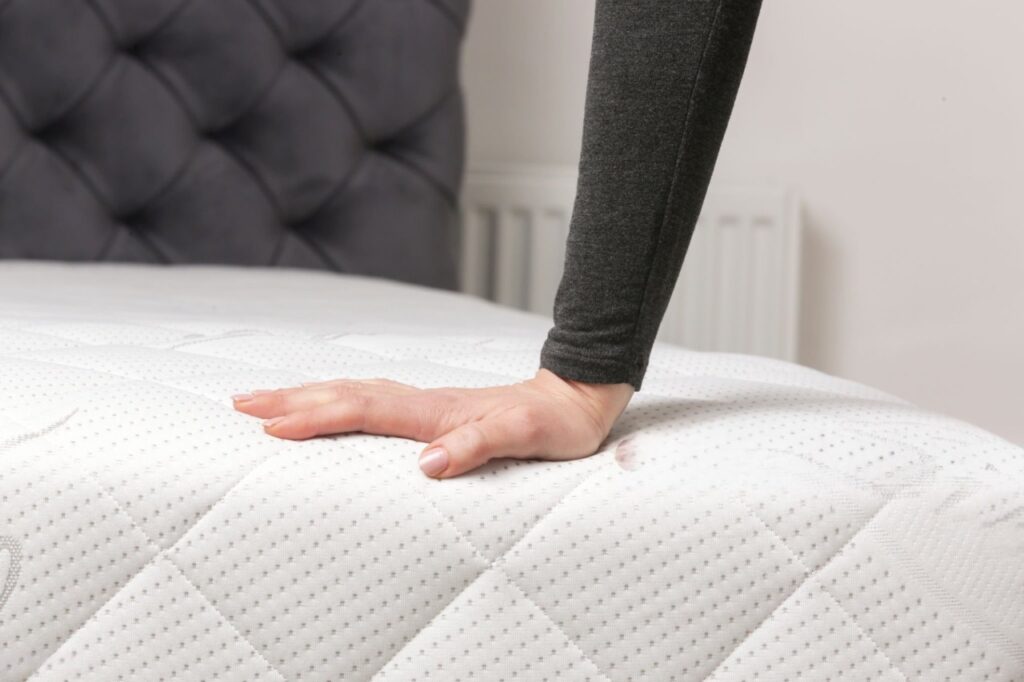
People underestimate pillows. We think of them as just cushions for the head, but they’re actually tools for spinal alignment. A bad pillow can cause neck pain, headaches, even snoring. A good one supports your head and neck in a way that keeps your spine neutral, as if you were standing upright.
Side sleepers usually need a firmer, thicker pillow. Stomach sleepers need something almost flat. Back sleepers fall somewhere in between. The wrong pillow doesn’t just hurt—it pulls you out of deep sleep as your body keeps adjusting to find comfort.
And then there’s the mattress. Too soft, and you sink in awkwardly, curving your spine. Too hard, and you wake up with sore shoulders and hips. Research shows medium-firm mattresses often hit the sweet spot. That’s why memory foam and hybrid mattresses are so popular—they mold to your body while still offering support.
I used to sleep on a hand-me-down spring mattress that was older than me. No wonder I woke up with back pain. The first time I tried a good-quality memory foam mattress, it was like sleeping on a supportive cloud. My body didn’t fight the bed anymore. It relaxed.
Premium Microfiber Printed Fitted Sheet
The Psychology of Bedding

Here’s something you don’t think about until it hits you: bedding isn’t just physical. It’s psychological.
A neatly made bed at night sends a signal to your brain: this is a safe, clean place to rest. Messy, dirty, or scratchy bedding does the opposite. It makes you restless, even if you don’t realize why.
Colors matter, too. Soft blues, greens, and neutrals tend to calm the mind. Loud reds or neon patterns? They might look fun, but they stimulate the brain. Not exactly ideal when you’re trying to shut it down.
And scent—don’t get me started on scent. Freshly washed sheets have this magic about them. Studies actually show that people sleep better in clean sheets. Add a touch of lavender spray on your pillow, and you’re not just indulging in a ritual—you’re actually lowering your heart rate and blood pressure, priming your body for rest.
Premium Microfiber Printed Fitted Sheet
The Rise of the Weighted Blanket
When I first heard about weighted blankets, I laughed. Why would anyone want to sleep under something heavy? Then I tried one.
It felt like a hug. A steady, gentle pressure across my body. And suddenly, I understood the hype. Weighted blankets provide what scientists call “deep pressure stimulation.” That pressure can trigger the release of serotonin and melatonin, while lowering cortisol. Translation: you feel calmer, safer, and more ready to sleep.
For people with anxiety, ADHD, or just racing thoughts, it can be a game-changer. I don’t use mine every night, but on evenings when my brain refuses to slow down, it’s like medicine without the pills.
Green Flower Poly Cotton – FD Bedsheet Set
My Own Transformation
After months of trial and error, I built my own sleep sanctuary. Breathable cotton sheets for most nights, linen for the hottest ones. A supportive memory foam pillow that keeps my neck aligned. A medium-firm mattress with a cooling topper. And yes, that weighted blanket for the tough nights.
The change? Astonishing. I didn’t just sleep longer—I slept better. I stopped waking up drenched in sweat. My back stopped aching. My dreams became more vivid, my mornings less brutal. I even cut down on coffee because I didn’t feel like a zombie anymore.
And here’s the funny part: once I fixed my bedding, all the other “sleep hacks” actually started working. Herbal teas, meditation, no screens before bed—they worked because my body wasn’t fighting against the very surface it was lying on.
Now, whenever someone complains about bad sleep, I don’t just say “stop scrolling at night.” I ask: “What kind of sheets do you use? How old is your mattress? What’s your pillow made of?” Most of the time, the answers explain everything.
Aqua Island Poly Cotton – FD Bedsheet Set
The Bed as Sanctuary
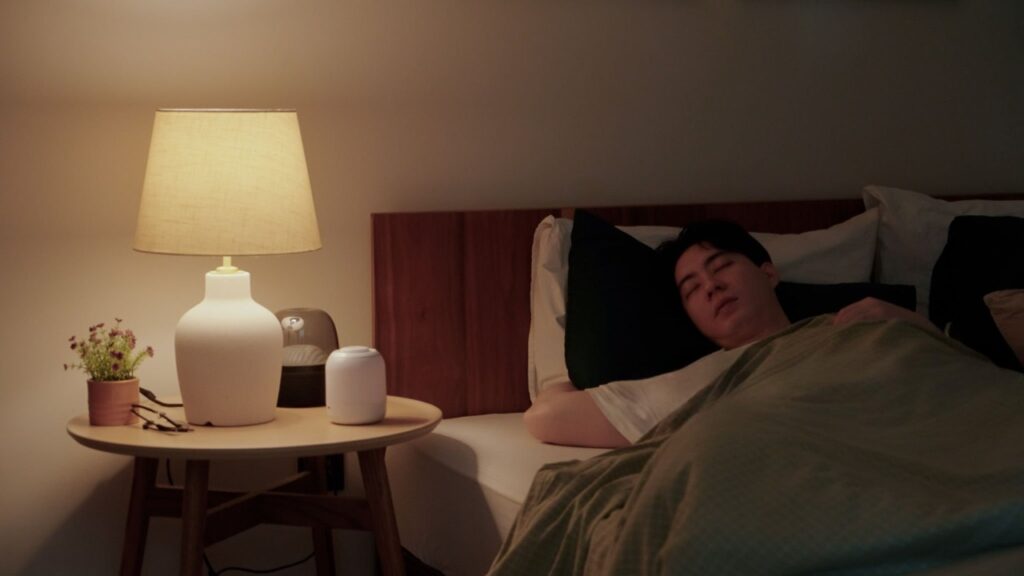
We live in a world that glorifies hustle and treats sleep like an afterthought. But sleep isn’t optional—it’s survival. And your bedding isn’t a trivial detail. It’s the foundation of it all.
The right bedding cools you down, supports your body, calms your mind. It connects you to thousands of years of human history, from grass beds in caves to silk sheets in palaces. It’s both practical and emotional, science and ritual.
So tonight, when you slip into bed, pause for a second. Notice the way your sheets feel against your skin. The way your pillow cradles your head. The weight of the blanket across your chest. Ask yourself: is this helping me rest, or is it holding me back?
Because sleep doesn’t begin in your brain—it begins in your bed. And once you realize that, a good night’s rest is no longer a mystery.
Read More:
Egyptian Cotton vs. Bamboo vs. Microfiber: Which is Right for You?
FAQs
Q1. Can the type of bedsheet fabric really affect sleep quality?
Yes. Fabrics like cotton, linen, or bamboo allow breathability and regulate body temperature, while synthetic fabrics may trap heat and disrupt sleep.
Q2. How often should I replace my pillows and bedding?
Experts recommend replacing pillows every 1–2 years and bed sheets every 1–2 years, depending on quality. This ensures support, hygiene, and better sleep.
Q3. What’s the best bedding for hot sleepers?
Natural, breathable fabrics such as cotton, bamboo, or linen paired with moisture-wicking pillowcases help hot sleepers stay cool throughout the night.

